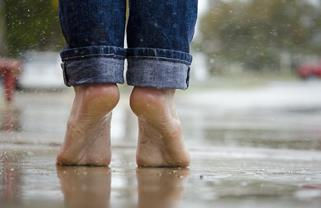Facts About Tanning - Part Two
- Chin Ling
- Sep 23, 2022
- 2 min read

Although it’s good for us to get vitamin D, a suntan is our protective mechanism. As soon as our skin gets the message that the sun is onto it, the melanocytes, which are our pigment forming cells, make coloured pigment in order to form a protective shield over our skin cells so they won’t be damaged. Some dermatologists think of a suntan as a scar.
Black skins can burn as well. Even though they have more of the pigment called melanin in their skin which gives their skin cells an automatic protection from the sun, this protection may only be about SPF4 to SPF15, depending on how dark they are. It’s not obvious to spot sunburn on black skins as you don’t normally spot a colour change but the skin will be hot and tight and it can very painful.
Check your medication. If it says it can cause photosensitivity, you should take extra care out in the sun. Some medications will stay in your bloodstream for several days or weeks so this photosensitivity will continue even when you come off them.
If you are unfortunate enough to be burnt, do not reach for any painkillers that have the suffix –caine. These include lidocaine and benzocaine. Anything with –caine will cause your skin to become more sensitised and that’s the last thing you want.
Essential oils are helpful to calm down inflammation in sunburn. Good ones that are easy to find in the shops are lavender, chamomile and tea tree oil. Drop 2-5 drops in a bowl of water with either a carrier oil (like almond, coconut oil) or some milk to help it disperse. Then soak a thin cloth or gauze and spread this over the burnt area. For therapeutic purposes, don't go mad on the quantity of essential oil. With a good quality essential oil, less is more.

6. If you’re sitting on the sand under a shady umbrella, sand reflects about 25% of UV rays. Sitting on the grass under shade is the best option as that reflects just 3% of UV.




Comments